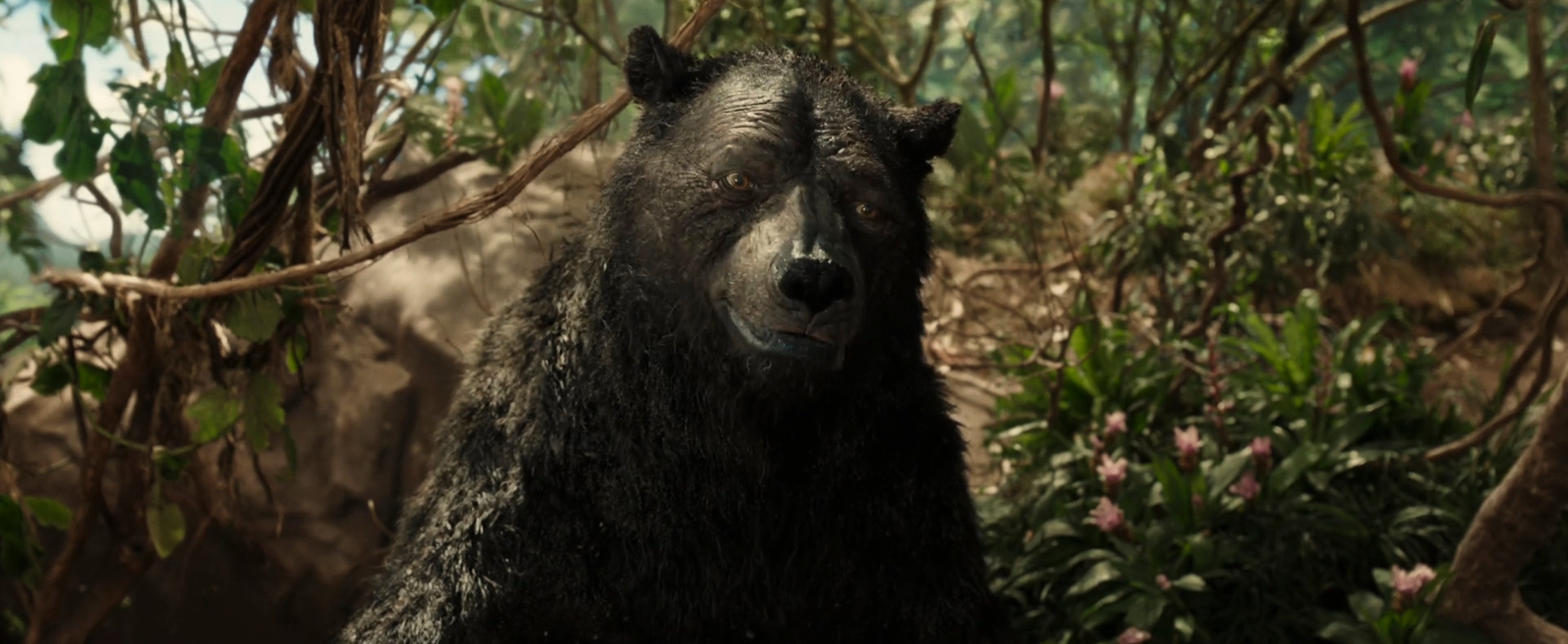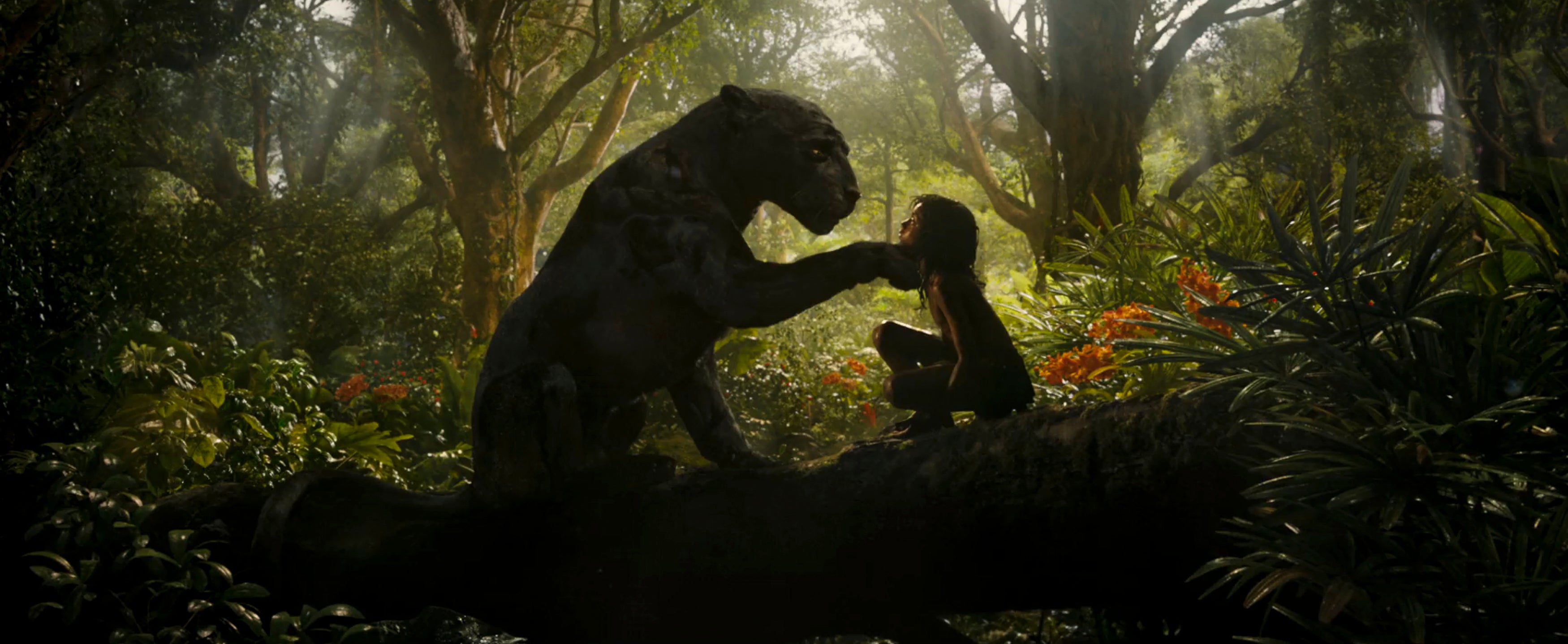For those of who lived through it, 2016 will always be a year of what-ifs. What if the Clinton campaign paid more attention to the Upper Midwest? What if James Comey never delivered that fateful letter? What if cable news networks hadn’t helped legitimize Donald Trump via hours of coverage? If one or all of these things had changed, would we still be living in the reality we live in right now?
The year had at least one other intriguing what-if possibility: What if Andy Serkis’ very strange, violent new Mowgli movie had come out when it was scheduled?
In April 2016, Disney released The Jungle Book, a new adaptation of Rudyard Kipling’s classic stories that combined CGI effects, motion-capture performances and live-action footage while drawing heavily from the studio’s 1967 animated adaptation. Directed by Jon Favreau and featuring vocal performances from Bill Murray, Ben Kingsley, Idris Elba, Lupita Nyong’o and others, the film became a big hit.
But what if the competition — the grim Andy Serkis-directed adaptation now retitled Mowgli: Legend of the Jungle — had gotten there first? Would we have had seen Halloween costumes of a blood-drenched Mowgli? GIFs of a scowling Baloo angrily swatting an inattentive wolf? Would Target have sold an action figure of Matthew Rhys’ alcoholic British hunter character? Would it have stocked a playset featuring a broken-off elephant tusk, mutilated cattle and the severed head of Mowgli’s albino wolf cub pal?
It could have happened, and not just in an alternate universe thought experiment. Disney’s The Jungle Book was once one of two competing Jungle Book projects scheduled for 2016 — and it wasn’t even the first to leave the starting gate. In April 2012, Warner Bros. announced that Steve Kloves, a director and screenwriter now best known for writing the Harry Potter films, would be writing and directing a new adaptation of The Jungle Book. Over a year later, Disney revealed its own plans, and for a while it looked like we might have a Kipling pile-up. As the years went on, Kloves’ daughter Callie Kloves took over scripting duties and other directors — Alejandro González Iñárritu, Ron Howard — came and left the project until it landed in the hands of Andy Serkis, an actor and director whose mastery of motion-capture technology dates back to his turn as Gollum in the Lord of the Rings movies.
In the end, Warner Bros. blinked. And then blinked again. The film disappeared from the 2016 release schedule. Then it disappeared again from the 2017 release schedule. Then it landed an October 2018 release that was definitely, certainly going to happen — until it didn’t. Now it’s set to enjoy a limited theatrical release on November 29th before making its Netflix debut on December 7th.
So what actually happened?
Serkis addressed both points in a recent interview with Deadline. On the first: “We realized that the performance capture techniques required time in how I wanted to work in post, and we decided to let the other film have its moment.” As for Netflix, “I’m really excited about Netflix for Mowgli … Now, we avoid comparisons to the other movie and it’s a relief not to have the pressure. … They understand this is a darker telling that doesn’t fit it into a four-quadrant slot. It’s really not meant for young kids, though I think it’s possible that 10 or above can watch it. It was always meant to be PG-13, and this allows us to go deeper, with darker themes, to be scary and frightening in moments.”
Watching the film, however, neither statement quite stands up to scrutiny, though both are worth unpacking.
From its first scenes on, Mowgli doesn’t look like a movie whose creators have spent two extra years working out the kinks of its special effects. It looks like a movie rushed to completion to meet a deadline. And based on the effects themselves, it looks like that deadline might have been sometime in 20005, not the mid-2010s. It’s filled, as you might expect, with many CGI animal characters. The best appear to be one or two passes away from looking movie-ready. The worst look like they should be appearing in an insurance commercial airing on local TV.


That might not have mattered as much if the film had a strong vision for what to do with Kipling’s stories. But the movie resembles what happens when a superhero gets a grim-and-gritty reboot and the creators opt to emphasize the character’s darker elements while losing sight of what made them appealing in the first place.
Serkis and Kloves’ decision to treat the jungle as a place of relentless peril in which death waits around every corner is a bold creative choice, sure, but it’s essentially the only creative choice the dour movie makes. Though it sports an impressive cast of performers (Christian Bale, Cate Blanchett, Benedict Cumberbatch, Naomie Harris, Serkis), it often seems to exist only for the scenes in which animated animals fight one another, scenes that play like a Kipling-inspired spin on Pacific Rim. At one point, Serkis and Warner Bros. brought in Alfonso Cuarón to consult, but the movie plays as if they turned to Zack Snyder for advice. Call it Jungle Book X-Treme. Despite a convincing performance by Rohan Chand, Mowgli just doesn’t work.
But here’s a final what-if to consider: What if it did? Serkis is right that there doesn’t currently seem to be a spot in the theatrical marketplace for the sort of film he tried to make with Mowgli, which wouldn’t have fit into an easily marketable box as a violent movie whose mature themes would be best appreciated by grown-ups and kids starting to understand that childhood won’t last forever. In that case, Mowgli would be remembered as a unique, influential gem that carved out a space for other, better, less predictable movies in the future.
Unfortunately, though, that’s not our current reality either.

